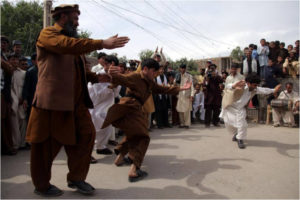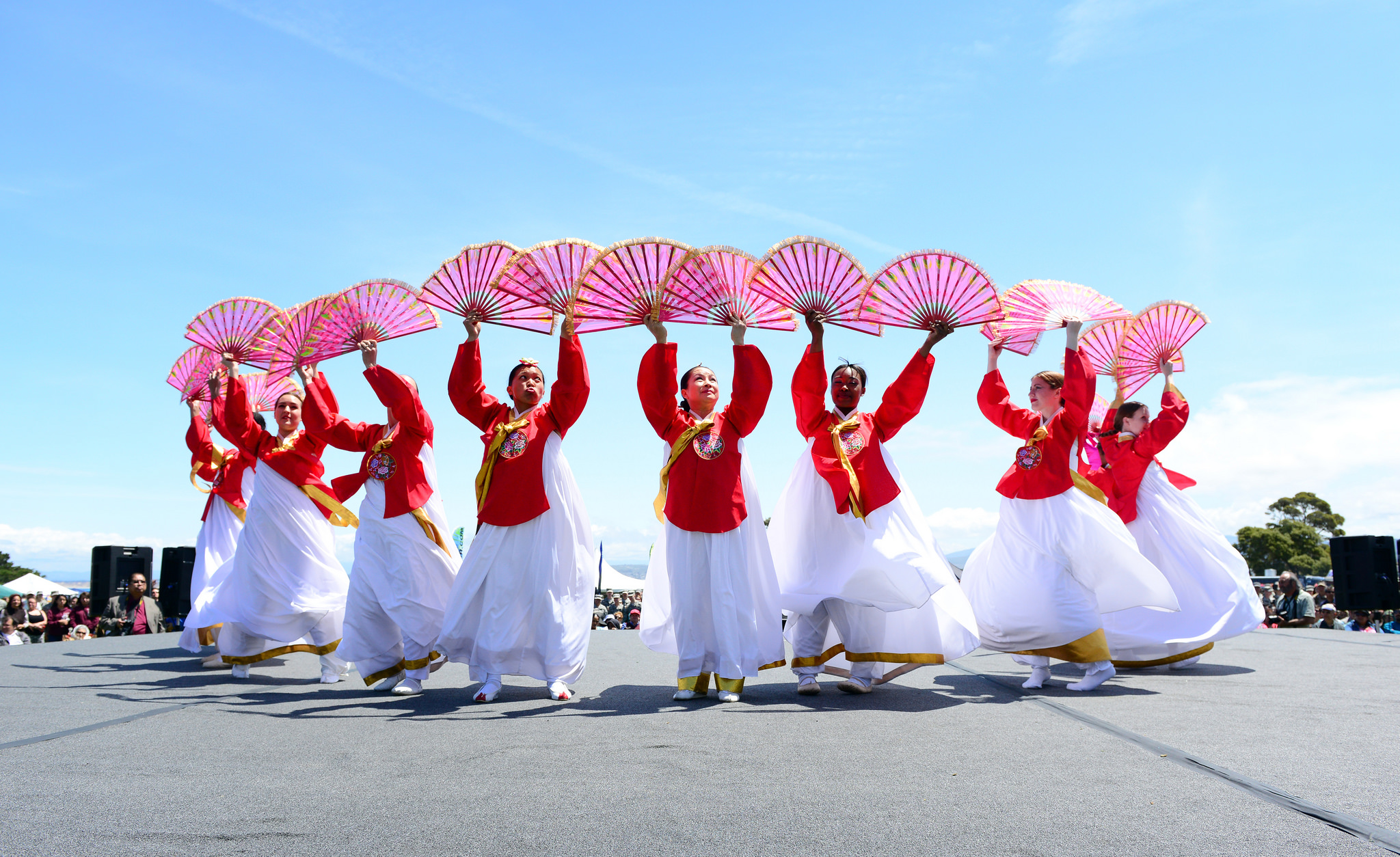
Image courtesy Resolute Support Media | Flickr
It is easy to forget that, after decades of war and conflict that have battered Afghanistan’s landscape, part of the country’s rebuilding efforts is a return to normalcy. The people of Afghanistan are not only struggling to rebuild their physical infrastructure, housing, and farms, they are also attempting to rebuild culturally as well. An entire generation of Afghans has had little opportunity to discover and explore their rich heritage and ancient customs. To preserve a sense of national identity, parents are again teaching their children the importance of culture. One aspect of Afghan heritage that has been obscured during the long conflict is dance.
Dance has been an integral part of Afghan life for centuries—it is an art form practiced by all of the ethnic groups in the country. The largest of these groups include the Pashtuns, Tajiks, Hazaras, and Uzbeks. Traditional dances can vary in style, music, and costume across different ethnic groups and geographic regions.
Traditional Attitudes Toward Dance
Traditionally, women do not participate in dances, unless the dance is being conducted within a private home or as part of a family celebration with other women. In traditional Afghan culture, it is considered unacceptable for a woman to perform as a dancer in public, so professional dancers were traditionally men until recently. Influences from nearby India have begun to change the perception of women as dancers, and within the Kabul region, it is becoming more acceptable for women to perform.
The Atan
Considered by many to be the national dance of Afghanistan, the Atan is a circle dance that includes ten or more people. Accompanied by drums, the dancers form a circle and begin a slow turn around the dance floor. As the drum beat builds, the dancers move more quickly, snapping, singing, and clapping as they whirl around the circle. This dance can last for hours, and is characterized by the quick spinning and movements of the body. Men may carry handkerchiefs, scarves, swords, or guns to use during the dance. On rare occasions, the dance may be performed by a mixed group of men and women, during which the dance is accompanied by singing. The men sing love songs, which are answered by the women. The actions of the dancers help to define the dialogue, making this a fun, energetic dance for all.
Herati Atan
Another form of the Atan dance is known as the Herati Atan. Performed by groups of men, this processional style dance is performed with a leader, who guides the dancers through the motions while being accompanied by several musical instruments. The men line up and face each other, performing mimicking actions to the beat of the music. Dancers make small, concentric circles, while clapping their hands over their heads and waving scarves. The leaders instruct the dancers in the number of claps, the direction to turn, or the speed of the dance. The dance is fascinating to watch, as the dancers move in and out, resembling the opening and closing of a flower.
Shalangi
The shalangi dance is primarily a dance of two women, although on some occasions, two men may perform it. The dancers start in opposite corners of the room, facing each other. As the music begins to play, they begin to move toward each other, clapping in a rhythmic beat over their heads. They approach each other, using a shuffling step, “squaring off” in the center of the dance floor. During the dance, the two women may mimic each other’s movements, but may also make alternate movements in an attempt to confuse the other dancer. Other dance techniques, such as facial movements, the use of scarves, or the accompaniment of lyrics make this a fun dance to observe.
Logari
The traditional dance of Logar, a province south of Kabul, is generally performed by skilled performers. The musicians try to “trick” the performers by suddenly stopping during the dance, forcing the dancers to freeze in position until the music starts again. The pause may last as long as a minute in a good-natured attempt to defeat the dancers. This “stop dance” can be exciting and noisy, as the musicians play quickly and loudly, and the dancers call out to each other and the musicians as they banter back and forth.
Ozbaki
Ozbaki dance styles are predominantly performed by people in the northern regions of Afghanistan. With a focus on footwork, the dancers move in a series of motions that mimic running, stepping, and hopping. As the music shifts in tempo, from fast to slow, the dancers move in time, shifting their bodies left and right. Dancers generally keep their hands at their sides, to call the audience’s attention to their quick steps and footwork instead. Musicians playing along with these dances are talented and inventive, often changing the style of music quickly to keep the dance interesting.
The Afghan people’s celebration of their cultural roots is an important part of the rebuilding process, as well as a way to strengthen their heritage. As people celebrate holidays and mark the seasons and events with dance, communities share these rituals with younger generations.
Featured Image by Presidio of Monterey | Flickr

